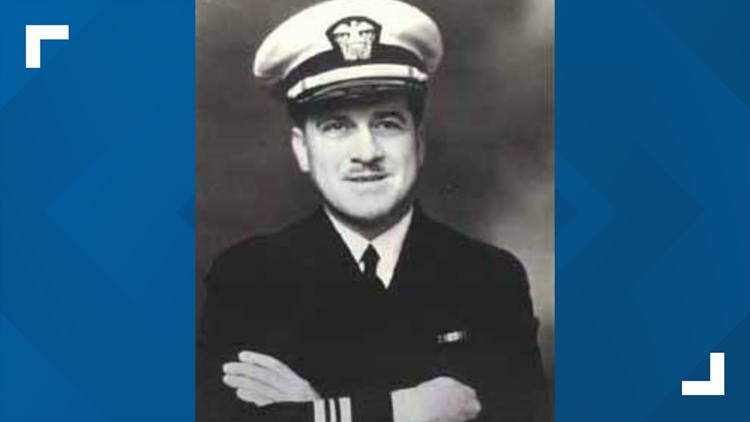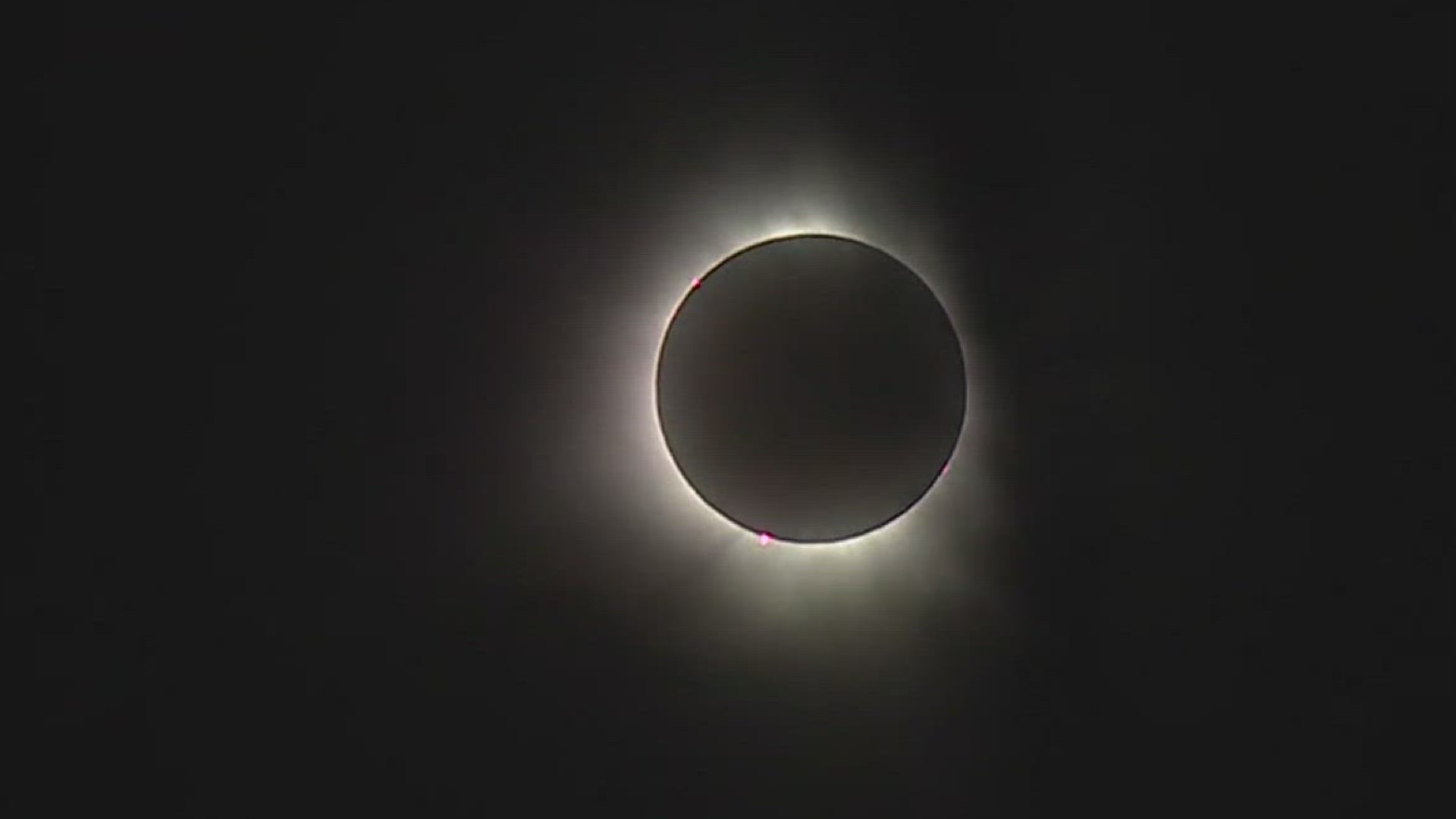CENTRE COUNTY, Pa. — The remains of a Pennsylvania sailor who was killed during Japan's surprise attack on the United States at Pearl Harbor on Dec. 7, 1941 have been positively identified after 80 years, the Defense POW/MIA Accounting Agency announced Tuesday.
U.S. Navy Lt. Cmdr. Hugh R. Alexander, of Potters Mills, Centre County, was aboard the battleship USS Oklahoma, which was moored at Ford Island in Pearl Harbor on the day of the attack.
The Oklahoma sustained multiple torpedo hits, which caused it to capsize. The loss of the ship resulted in the deaths of 429 crewman, including Alexander, who was 43.
Alexander was the senior dental officer aboard the ship. He was trapped in a compartment when the ship capsized during the attack. He assisted numerous shipmates in escaping through a narrow porthole, deliberately selecting the most slender men to pass through an opening no more than 14 inches wide.
He sacrificed his life in the process. He was posthumously awarded the Silver Star.
From December 1941 to June 1944, the Navy recovered the remains of several deceased crewmen, which were then interred in the Halawa and Nu'uanu cemeteries.
In September 1947, the American Graves Registration Service disinterred the remains of U.S. casualties from both cemeteries and transferred them to the Central Identification Laboratory at Schofield Barracks in Honolulu.
The laboratory staff was only able to confirm the identifications of 35 men from the USS Oklahoma at that time, the DPAA said.
The AGRS subsequently buried the unidentified remains in 46 plots at the National Memorial Cemetery of the Pacific, known as the Punchbowl, in Honolulu, according to the DPAA.
In October 1949, a military board classified those who could not be identified as non-recoverable, including Alexander.
In June 2015, DPAA personnel exhumed to USS Oklahoma unknowns from the Punchbowl in an attempt to identify their remains.
To identify Alexander’s remains, scientists from DPAA used anthropological analysis and mitochondrial DNA (mtDNA) and Y chromosome DNA (Y-STR) analysis.
Alexander's remains were accounted for on Feb. 17. His family was informed recently.
Alexander’s name is recorded on the American Battle Monuments Commission’s Courts of the Missing at the Punchbowl, along with the others who are missing from WWII.
A rosette will be placed next to his name to indicate he has been accounted for.
Alexander will be buried in San Diego. The date has yet to be determined.



